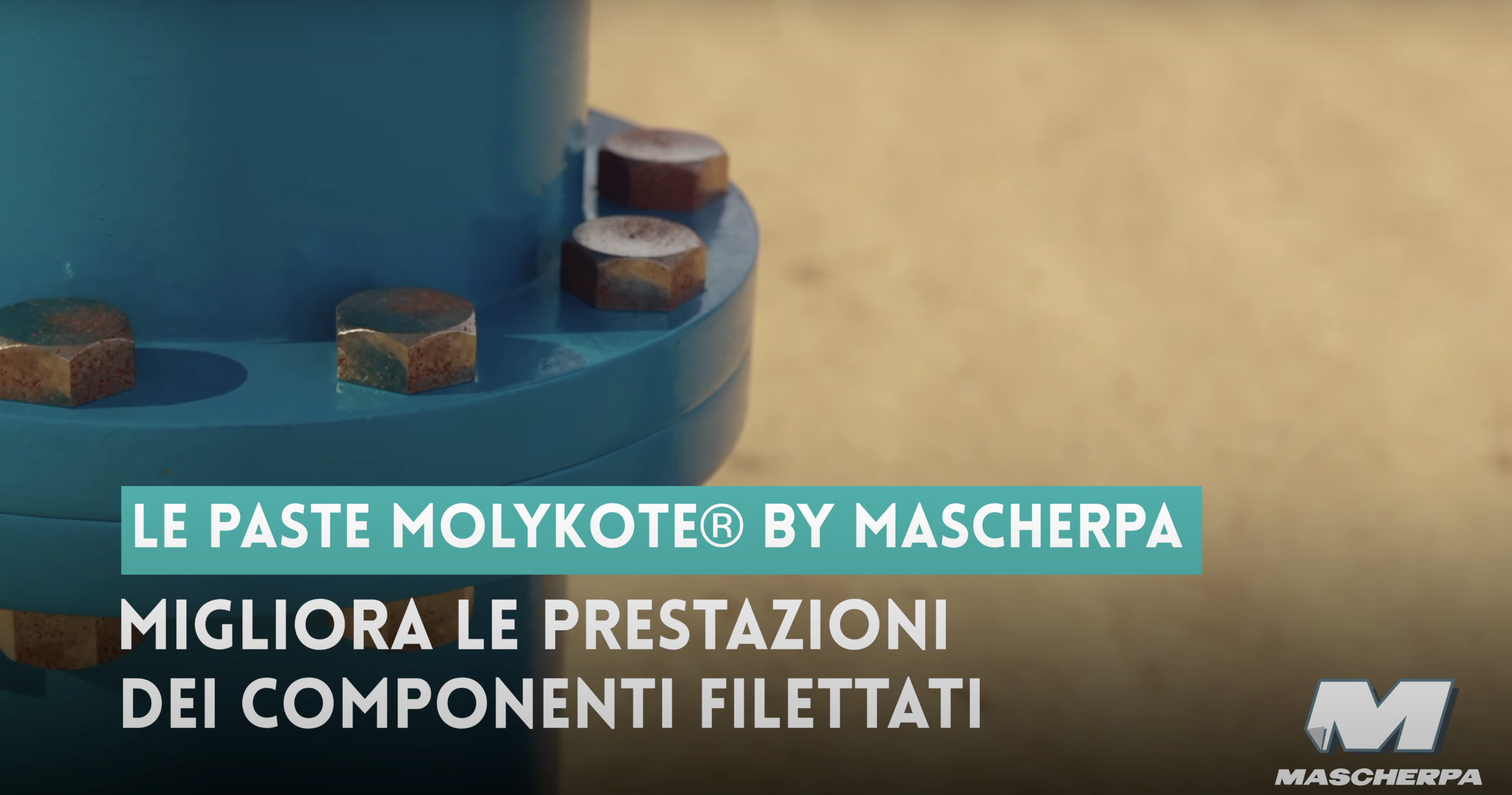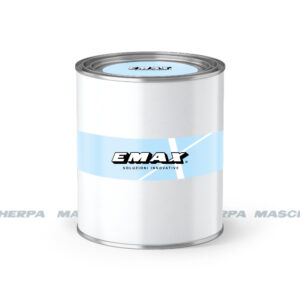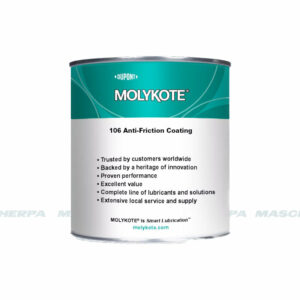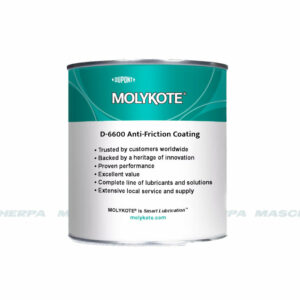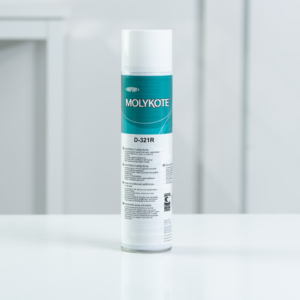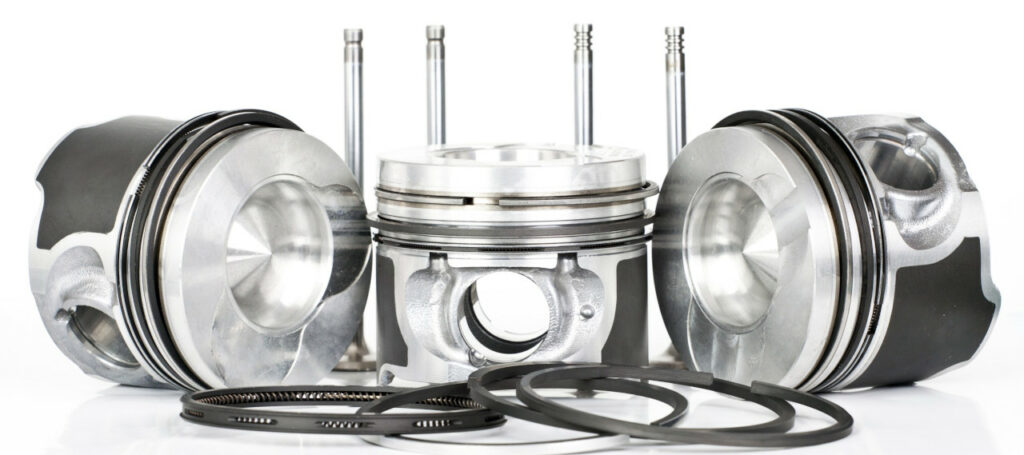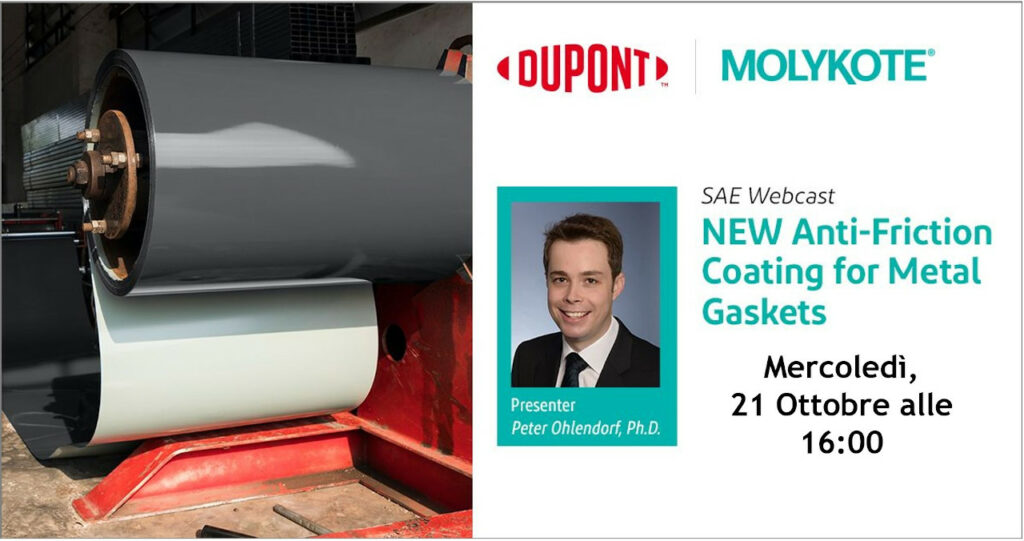Product type for industrial lubricants
Anti-friction coating
Anti-friction coatings (AFC, also known as Anti-Friction Coating) are like paints that instead of a dye pigment contain microscopic particles of solid lubricants dispersed through a mixture of carefully selected resins and solvents.
Introduction
The choice of raw materials and the volume of concentration of the contained lubricant are key elements for proper lubrication and protection properties to prevent corrosion. When applied, they form a dry lubricating film that reduces the coefficient of friction as it decreases surface roughness and thus optimizes metal-to-metal, metal-to-plastic or plastic-to-plastic friction, even under extreme loads and working conditions.
Action Antifriction Coating
- Solid lubricants adhere to the surface due to the cohesive force of the resin, and in this way, surfaces are always separated by an effective dry lubricating film, which is very durable even under conditions of very low speeds, oscillating movements, high loads and aggressive environments.
Advantages of using antifriction coatings
The advantages of anti-friction coatings, or anti friction coatings, are:
- Clean and dry lubrication
- Effectiveness in dusty environments or working environments with suspended particles
- Minimizing friction and wear due to long-lasting lubrication
- Assurance of very low coefficients of friction with very little variability
- Ability to be used under extreme conditions, such as very high temperatures, high loads, and vacuum conditions
- Creation of a protective physical barrier resistant to mechanisms that promote corrosive processes
- Drying at room temperature and in minutes
- Thermal resistance ranges, depending on the type, from -200°C to +650°C
- Anti-friction coatings (AFC) specifically for all types of materials, such as metals, plastics, elastomers, leather and wood
- Clean application; friction points and working environment do not get dirty.
- Product transparency (in some cases)
- Guarantee of thin lubricant layers (between 5 and 30 μm – with proper application)
- Absence of changes in the geometry of the substrates to which they are applied
- Average surface coverage of about 15 m2 / kg
- Re-application on the same coating, recovering the properties
Products
All products for Antifriction coating
Filter products by their attributes: brand, technology, applications…
Reference categories for Antifriction coating
Continue browsing the Mascherpa site
Latest articles on Antifriction coating
Sign up for newsletter to receive upcoming articles
Read PDFs on Antifriction coating
- There are no PDFs yet for: Antifriction coating, ask the expert if you need an SDS or Data Sheet
Industries
Select your product starting with the relevant industry.



